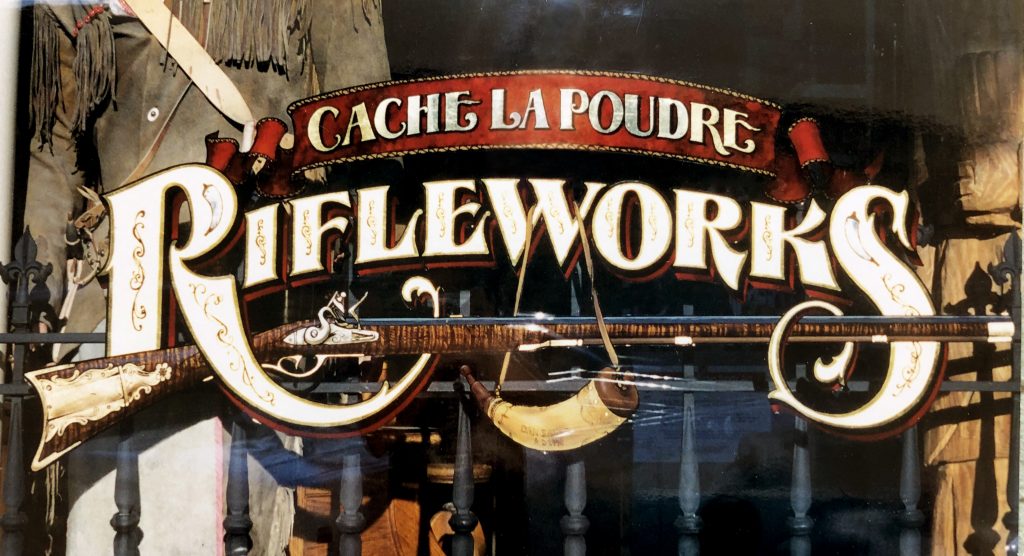
Smith's Cream
Published on 19.11.2019 by Rachel

Published on 19.11.2019 by Rachel
1-Shot paints are well known and well loved but they also have a range of additives, one of which is Smith’s Cream.
Smith's Cream is a non-yellowing additive/glazing medium for enamel paint that improves brushability and has strong durability, making it ideal for producing subtle blending effects.
To achieve blending effects, you can approach it in two ways:
As an alternative, painters also use Winsor & Newton Liquin or for blending on a small job pallette the brush with boiled linseed oil and blend the paints directly.
On Glass it is advised to apply a layer of the blending solution to the glass first and work the enamels into it.
One Sign Painter who uses Smith's Cream in his work is Dan Seese, who was kind enough to share his knowledge.
"Danacolors Smith's Cream D406 works well for blending colors when painting a pictorial, a mural or just doing some decorative painting. It keeps it workable for several hours, depending on temperature, wind etc. You can also adjust the amount of Japan Dryer to slow or speed the drying time. I often mix this same formula into the paints I'm using. I also keep a can of it on hand and will use my fitch to pallet it with my color.
I also use it when I want to marbelize an area. You can make transparent glazes with it and blend them with a soft, dry badger-hair blending brush. I then put down some veins using a striping sword (rather than a goose feather.) While the glaze is workable I blend the veins a bit too. Really adds to the depth and the believablity of the "marble".
Dan outlined his use of Smith's Cream when creating a marbled background for a company logo on trucks:
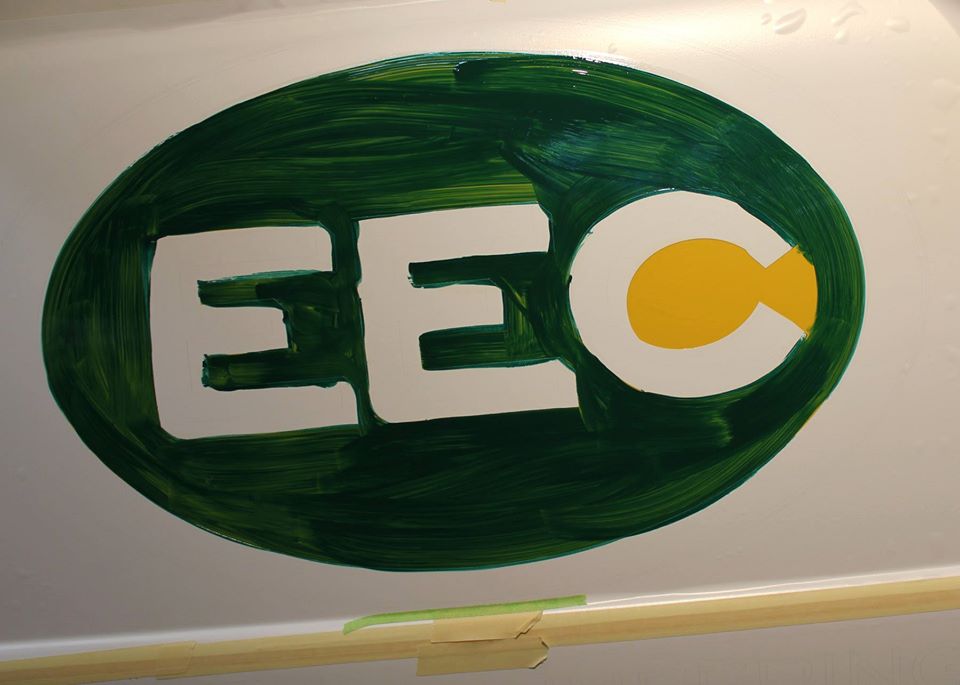
“After carefully preparing the surface, I apply the mask, scuff the background lightly and lay down a combination of Smith's Cream, Linseed Oil & Japan Drier before brushing in a green background. This keeps the paint workable & enables me to blend the colors together."
"I begin to dab areas of black with a plastic bag and then, using a large badger-hair blending brush, I soften the colors. I repeat the process with light green, & white, giving the marble a depth and translucence."
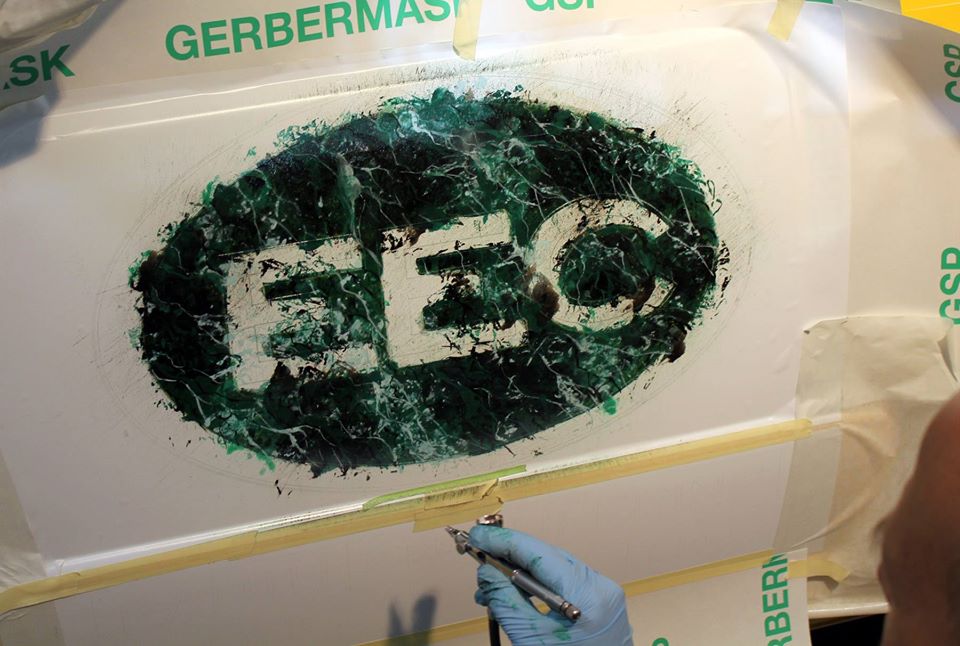
"Using a pin-striping brush, I work in some veins, periodically softening them with a blending brush. I then quickly airbrush a white highlight at the bottom edge & black shadow at the top before removing masking for the next step"
"Since the truck is yellow, I remove the mask for the letters & paint those areas white. On the convex border I blend in gray colors with a brush and then finish it with airbrushing."

"I brush a black drop shadow on EEC, gray border around the green marble & black outline around the oval finishes the logo. After drying overnight, I clear coat the image and remove the masking"
" I've used the blending formula with similar results on glass. Apply a layer of the blending solution to the glass first. It takes some experimentation to know how long the paint will remain open so try a sample first. I will sometimes put down a base color and then "stomp" other colors through the base color with a soft fitch or a sponge. You can also apply your color and then swirl other colors into the base using your fingers (wear latex gloves.) This produces a beautiful effect but you need to be careful not to overwork it or it will turn muddy rather than having colors trail through it."
Dan talked me through a few of his glass pieces that incorporated the use of Smiths Cream.
"Gold Rush is a reverse-glass piece designed by Noel Weber to commemorate Rick Glawson's influence on so many of us. After applying the gold leaf, I decorated both the green background and the leathery background using Smith's Cream, as I describe in the Hand Lettering Forum. After painting a green base I've added some browns and lighter yellows and swirled them around with my fingers. The brown leathery area is more a matter of stomping colors in from behind the glass with a brush."
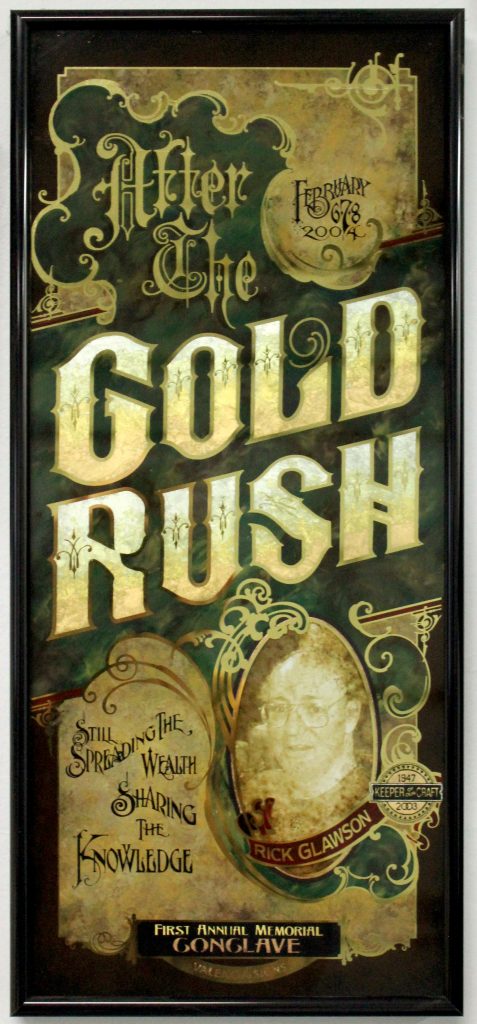
"Rifleworks was reverse-painted directly onto the window. The banner at the top, the wood-grain tiger striping on the rifle stock and the powder horn all utilized Smiths Cream to enable me to manipulate the paint. The tiger-striping wood grain was achieved by use of a feather held vertically as I moved across the image, raising and lowering the feather to lift and deposit glaze before backing it up with OneShot Imitation Gold paint."

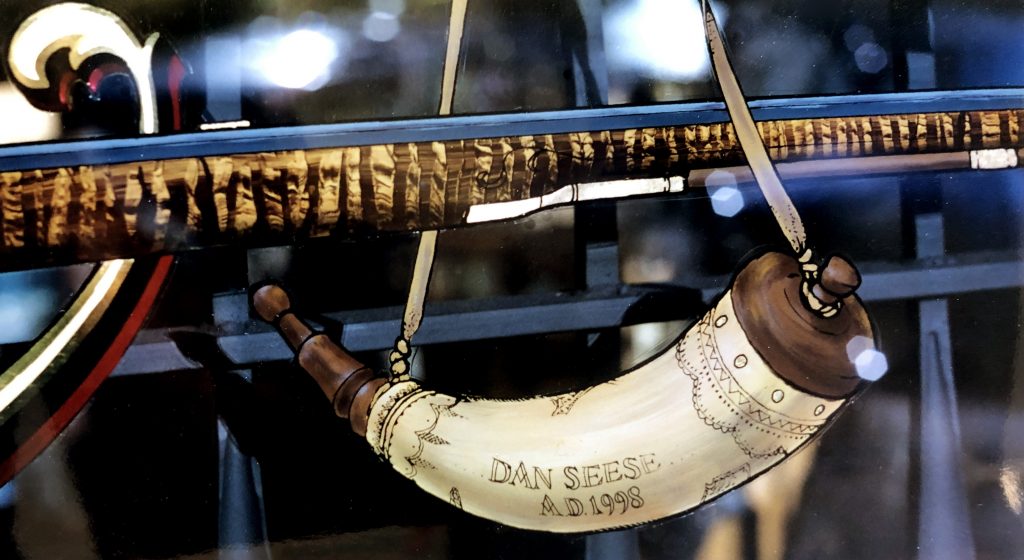
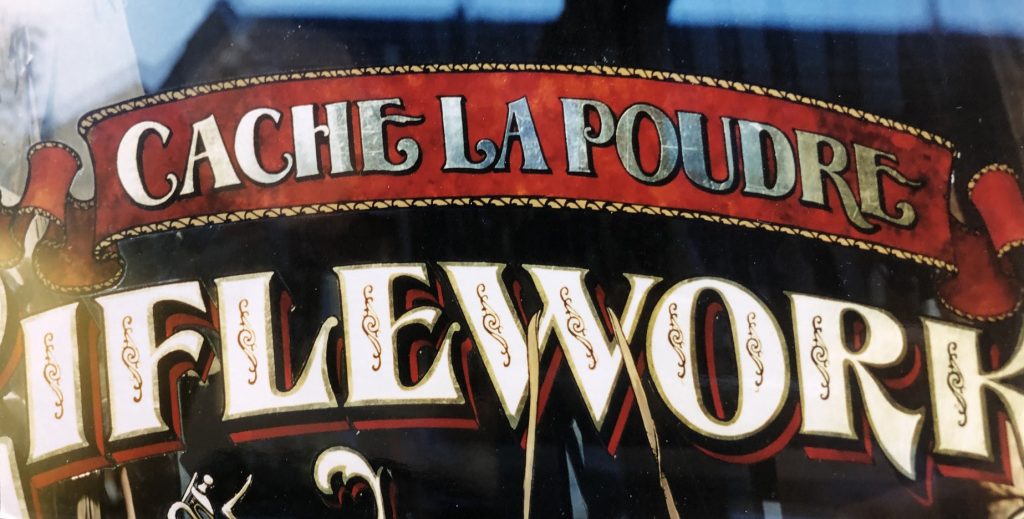
Smith’s cream can also be used for smalting.
Smalting is the addition of crushed glass to a sign to give a textured background.
When Smiths Cream is added to paint it creates a perfect base for adhering smalts to sign backgrounds.
Mix Smith's Cream and Lettering Enamel 50/50 and apply 1/8" thick to the area that will be smalted, sprinkle smalts generously over the mixture. It will harden in 24 hours.
Thanks to Dan Seese for sharing his knowledge, his blog has lots of great information, check that out here.
Shop here for Smiths Cream.
Hooray!
Product added to basket!